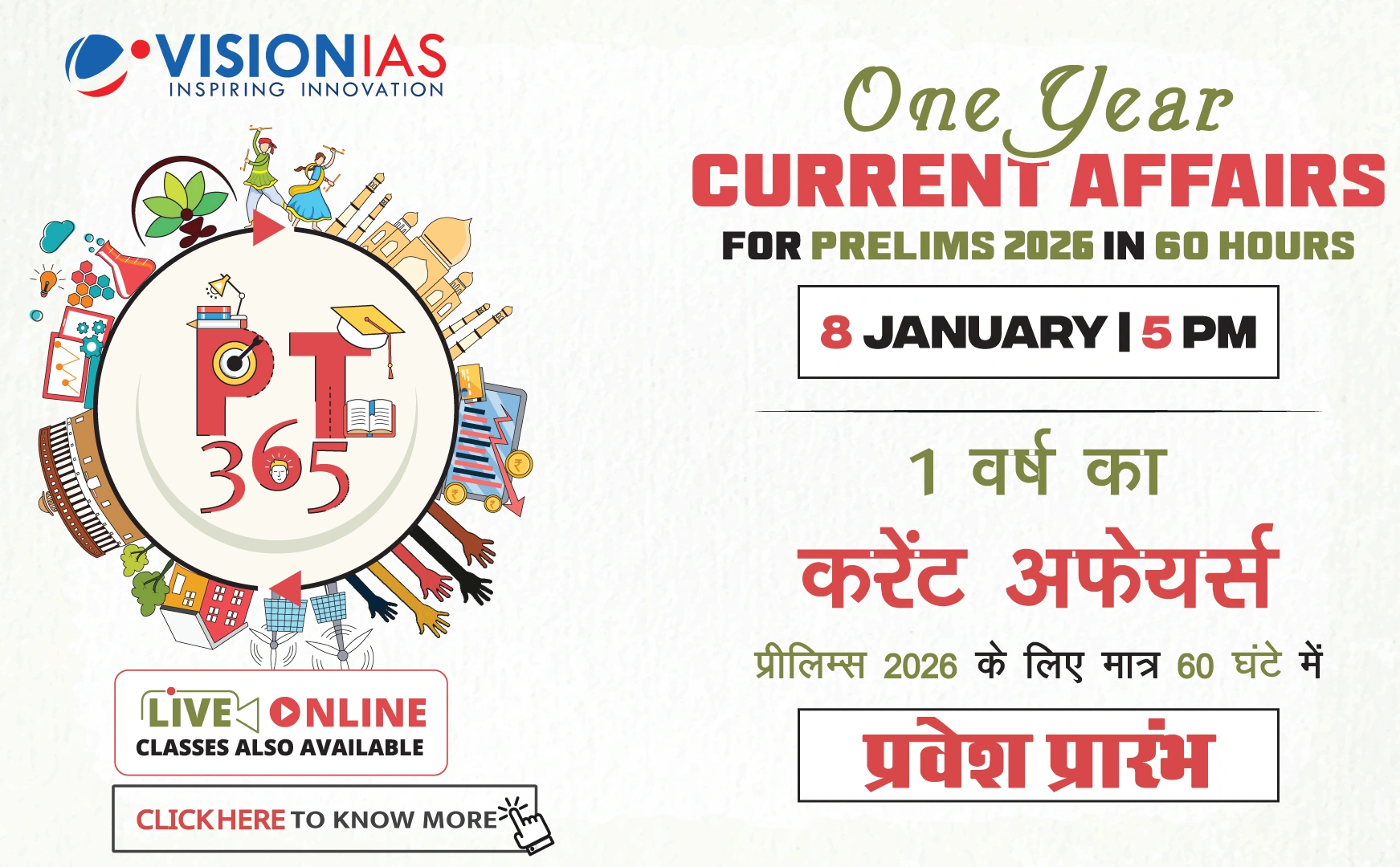Overview of India's Banking Sector
India's banking sector is currently exhibiting significant strength and stability, reflected in various financial health metrics. These include capital adequacy, provision coverage ratio, liquidity coverage ratio, return on assets (RoA), and gross non-performing assets (GNPAs) as a proportion of loans.
Capital Adequacy and Profitability
- The overall capital adequacy for the banking system stands at 17.3%, with public sector banks (PSBs) recording 16.2%.
- PSBs show a return on assets (RoA) of 1.1%, surpassing the benchmark of 1%.
- The ability of PSBs to access capital from the market ensures they do not need government assistance for capital support.
Credit Growth Dynamics
- PSBs demonstrated higher credit growth than private banks, reversing a trend of declining market share.
Regulatory Measures and Segment Growth
- The RBI deliberately slowed credit growth to address two primary concerns:
- Credit growth was surpassing deposit growth, leading to reliance on high-cost, volatile funds.
- Excessive growth in personal loan segments and NBFCs was deemed risky.
- Despite the slowdown, profitability for PSBs increased from 0.9% to 1.1%, with profit after tax rising by 32%.
Sectoral Credit Distribution
- Credit to micro, small, and medium enterprises (MSMEs) grew by 14.1%, outpacing services and retail credit.
Non-Performing Assets (NPAs)
- Significant reduction in NPAs for MSMEs, declining from 6.8% to 3.6% over two years.
- The Trade Receivables Discounting System (TReDS) and Emergency Credit Line Guarantee Scheme (ECLGS) played roles in MSME financing.
Future Implications
The shift towards increased MSME lending raises questions about future asset quality. The real challenge will be enhancing term loan and project finance growth in alignment with private investment activities.



